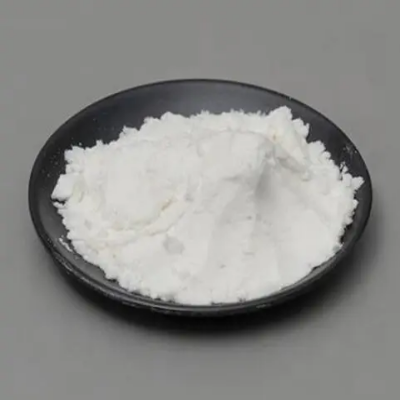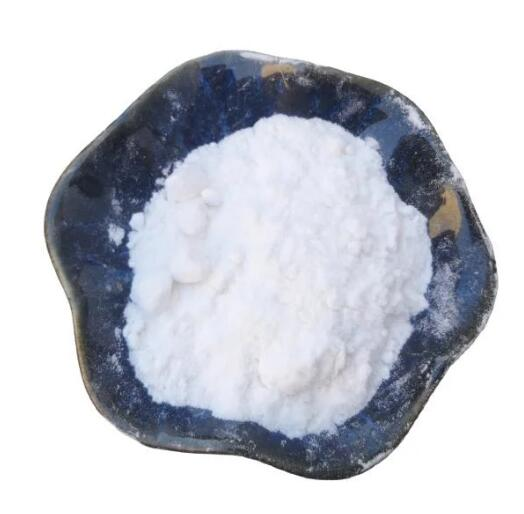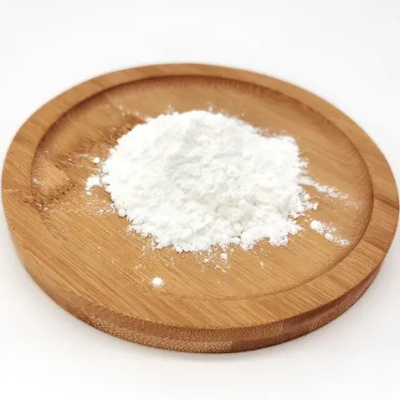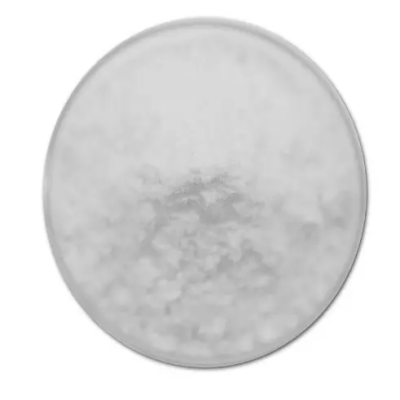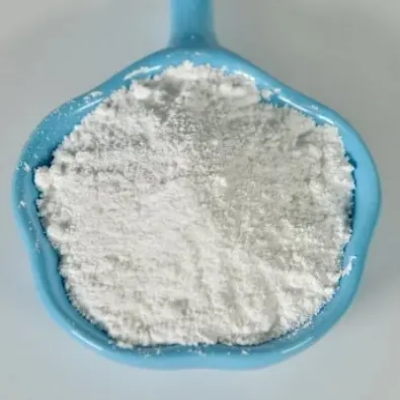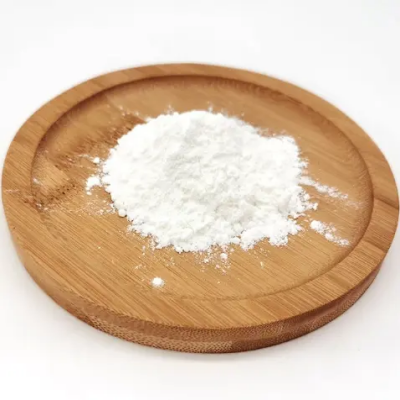2,4-Dichlorophenoxybutyric acid CAS:94-82-6
2,4-Dichlorophenoxybutyric acid (C10H10Cl2O3) is a systemic herbicide that plays a significant role in modern agriculture, particularly in weed control strategies. As a member of the phenoxy herbicide group, 2,4-DB selectively targets the growth of broadleaf weeds while being safe for many grass crops. This selectivity is largely attributed to its structural similarity to natural plant hormones known as auxins, which are responsible for regulating plant growth and development. The synthesis of 2,4-DB generally involves the reaction of 2,4-dichlorophenol with butyric acid, resulting in the formation of this active herbicidal agent. Its mode of action includes disrupting normal growth patterns in sensitive plants, leading to uncontrolled growth and eventual death. This mechanism highlights the importance of precise application methods to minimize impacts on non-target species and environmental health. In addition to its efficacy as a herbicide, 2,4-DB is also noteworthy for its relatively low toxicity to humans and animals when applied according to recommended guidelines. However, like many agricultural chemicals, concerns regarding its potential environmental impact have led to increased scrutiny. Studies have suggested that improper use can result in soil degradation and water contamination, prompting regulatory agencies to enforce stringent usage standards. Research into alternative formulations and application methodologies continues to seek balance between effective weed control and environmental safety. Furthermore, advances in biopesticide technology may lead to the development of more eco-friendly alternatives to 2,4-DB, aiming to maintain agricultural productivity while preserving ecosystem integrity. Understanding the properties, applications, and implications of 2,4-Dichlorophenoxybutyric acid remains crucial for sustainable agricultural practices.



| Composition | C10H10Cl2O3 |
| Assay | 99% |
| Appearance | white powder |
| CAS No. | 94-82-6 |
| Packing | Small and bulk |
| Shelf Life | 2 years |
| Storage | Store in cool and dry area |
| Certification | ISO. |




